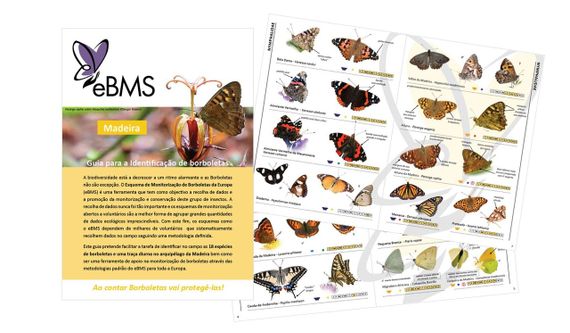Butterflies of Madeira
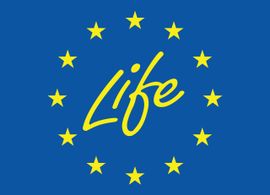
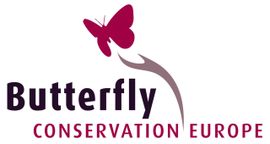
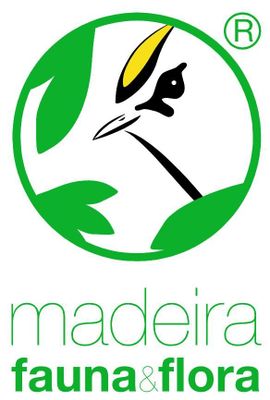
Conservation of Madeira's threatened endemic butterflies
2021-2022
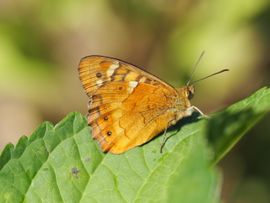
Nearly 60% of Europe’s threatened butterflies are endemics, and of these six species are confined to the Macaronesian Islands. The islands are therefore a hotspot of threatened endemic butterfly species in Europe. Madeira is home to three of the most endangered species, Gonepteryx maderensis Madeiran Brimstone (Endangered), Pararge xiphia Madeiran Speckled Wood (Endangered) and Pieris wollastoni Madeiran Large White (Critically Endangered).
Thanks to the EU’s LIFE4BEST funding programme for its Overseas Regions, BCE worked in partnership with Madeira Fauna & Flora during 2021-2022 to conserve these three endangered species.
Objectives
The first phase of the project is aimed to improve our knowledge of the distribution and abundance of the target species. The project will map species distributions and identify key areas with suitable habitat for the target species within KBA MAD1 (Madeira Nature Park), improving IFCN’s (Institute of Forestry and Nature Conservation) capacity to implement appropriate management
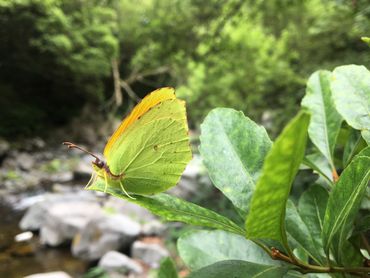
The project also aims to establish a Madeira Butterfly Monitoring Scheme (maBMS), which will include establishing transects in the pristine laurel forest to be walked by the staff of the key local stakeholder, the Institute of Forests and Nature Conservation (IFCN). Butterfly training will be provided to IFCN staff as will other volunteers recruited through a programme of awareness raising workshops for civil society (including nature guides, students, farmers) and tourists. The maBMS will enable the effectiveness of conservation measures targeted at butterflies to be assessed in the coming decades.
Action Plans for all three target species will be produced and delivered to the IFCN. This will significantly improve our knowledge of these three endemic threatened species and facilitate implementation of appropriate conservation policies and management to halt and reverse their decline.
Results
During September and October 2021, the partnership completed 41 days of survey across 49 sites, mainly focussing on the pristine laurel forests in the north of the island but also sampling other habitats such as mixed forest, exotic forest and mountain heathland.
The team undertook 648 15-minute Counts along 534 km of survey route, recording all butterfly species and their abundance. Some more inaccessible areas were surveyed using drones. Over 10,000 individual butterflies of fourteen species were recorded during the surveys. There were no sightings of P. wollastoni and as it has not been reliably recorded since 1986, must now be presumed globally extinct - the first European butterfly species in this unenviable category.
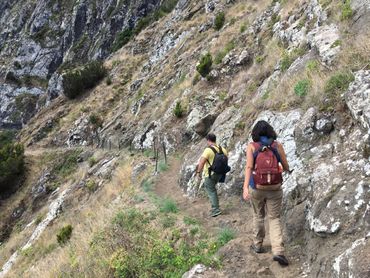
G. maderensis was only recorded on 33% of survey routes (117 individuals) and more or less confined to laurel forests, but P. xiphia was both more widely distributed (80% of survey routes) and more abundant (>2,000 individuals) and also encountered in other habitats. Pararge aegeria Speckled Wood is a recent colonist of Madeira and was recorded on 86% of survey routes (>2,600 individuals), including every one where P. xiphia occurred. The ratio of P. xiphia to P. aegeria was 44:56% overall but with the proportion of the former rising to 75-100% in the humid laurel forest, this allayed, to some extent, concerns about possible competition between the two species. Another endemic but not considered threatened is Hipparchia maderensis Madeiran Grayling, which was seen on 41% of survey routes and was the most abundant species overall (nearly 2,700 individuals). The locations of some larval hostplants were also recorded, in particular Rhamnus glandulosa, the Macaronesian Buckthorn, which was quite scarce, limiting the distribution of G. maderensis. These data were used to identify key areas for the target species, and then to produce Species Recovery Plans.
Species Action Plans
One of the important objectives of this project was to produce Action Plans for all target species to contribute to their conservation and provide guidelines for a better recovery of these species in Maderia. We produced three Species Action plans and disseminated them to key stakeholders identified prior to and during the project. The three action plans can be downloaded in pdfs:
Species Recovery Plan Gonepteryx maderensis
Species Recovery Plan Pararge xiphia
Species Recovery Plan Pieris wollastonii
Madeira Butterfly Monitoring Scheme (maBMS)
The project also established a Madeira Butterfly Monitoring Scheme (maBMS), with 20 transects in the primary laurel forest now monitored by the Institute of Forests and Nature Conservation staff (IFCN). A further six transects have been established elsewhere in the archipelago. IFCN staff and other local volunteers were provided with training in butterfly identification and monitoring methods through the project. The maBMS will enable the effectiveness of conservation measures targeted at butterflies to be assessed in the coming decades.
- Everyone interested in participating on the maBMS can contact the following email address: sergionictal@gmail.com
Project Material
How to identify the Madeira butterflies?
You can download for free the digital Madeira Field Guide. BCE and MF&F show you all the tricks to swiftly become an expert! All butterfly species occurring in Madeira are included in this guide, with key features highlighted to help in identification.
You can download the identification Field Guide to the butterflies of Madeira on pdf and in two different versions:
Project leaflet in different languages:
- Flyer Madeira project M37 English (pdf)
- Flyer Madeira project M37 German (pdf)
- Flyer Madeira project M37 Portuguese (pdf)
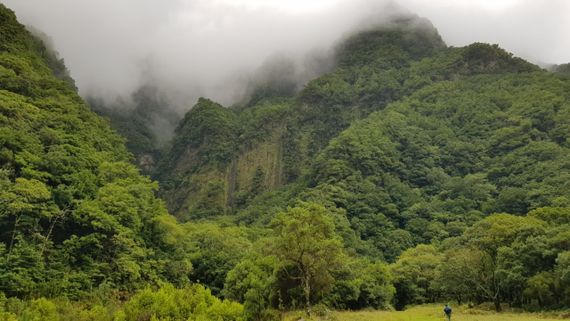
Project Promotion
The LIFE4BEST M37 Conserving Madeira's Threatened Endemic Butterflies project has been disseminated in several media during the project duration.
Newspapers:
- MAIISG Newsletter (Mid-Atlantic Islands Invertebrates Specialist Group) number 6, December 2021: link to the pdf: 1641384468.pdf (maiisg.com)
- Publico Newspaper 26/04/2022: https://www.publico.pt/2022/04/26/azul/noticia/censos-permitem-recolher-dados-milhares-borboletas-portugal-2002868
- Infographic on Publico Newspaper 26/04/2022: https://www.publico.pt/2022/04/26/infografia/borboletas-reflexo-colorido-perda-biodiversidade-676
Social Media:
- Facebook BCE 23/09/2021: https://www.facebook.com/ButterflyConservationEurope/posts/4476607212421621
- Seminar by Irma Wynhoff on 15-min counts and the Madeira project 20/04/2022 by zoom: https://www.youtube.com/watch?v=Aa-MfmDB5xQ


